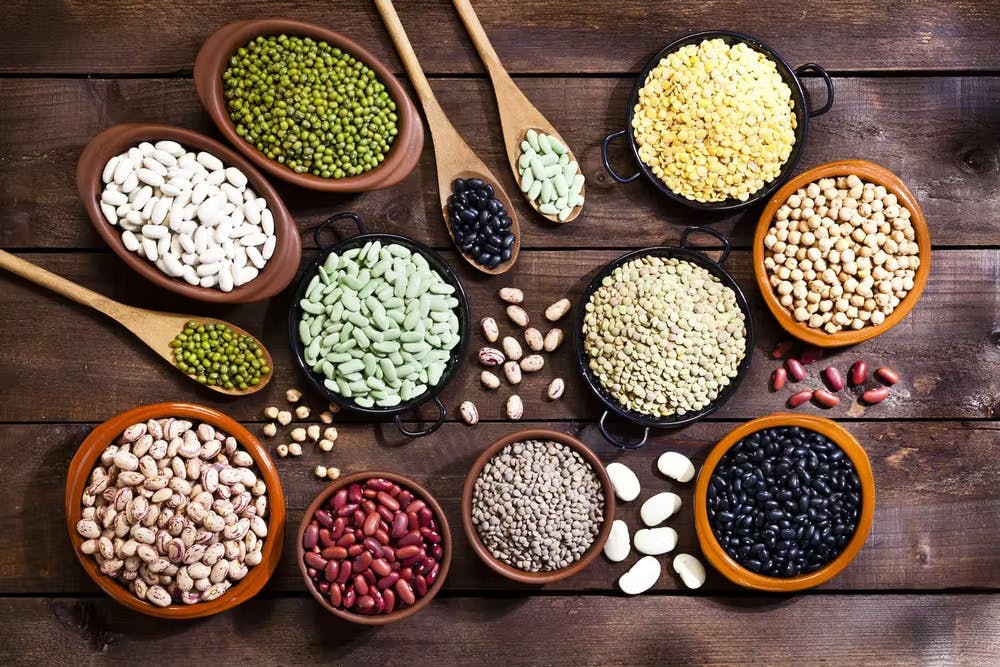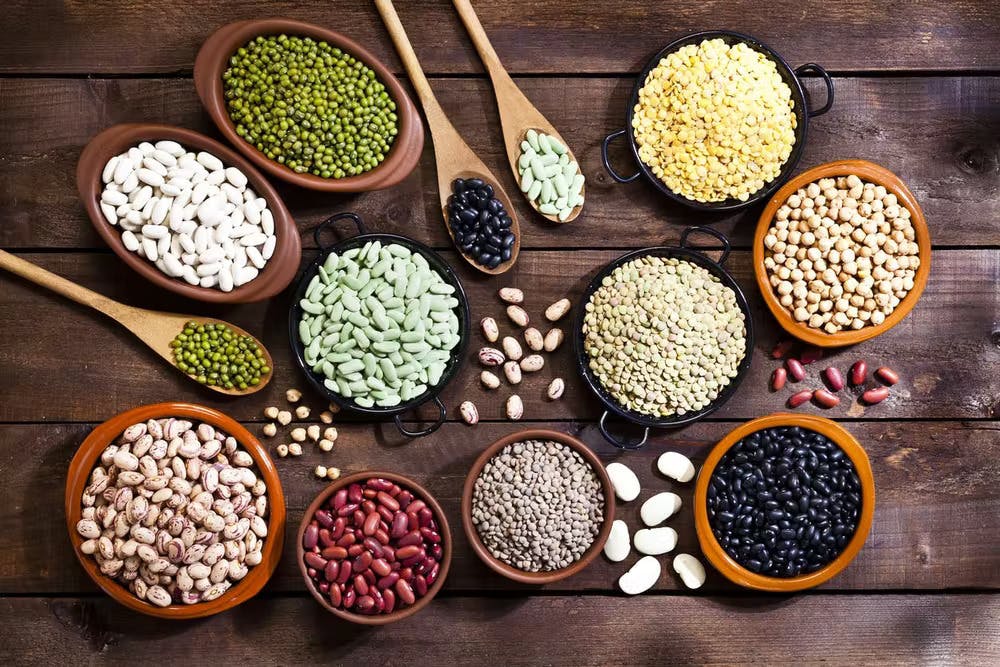What is Dietary Fiber & Why Should I Care?

What is Dietary Fiber
&Why Should I Care?
What is Dietary
Fiber & Why
Should I Care?

DIETARY FIBER & is the naturally-occurring, non-digestible, carbohydrate component of plant foods. It is non-digestible because it is ingested, and excreted, without ever being absorbed. Because it does not get absorbed, it has no calories. In plants, fibers lend rigidity to cell walls, which helps them stand up tall to get sunlight. It also enables them to have circulatory systems to transport water and minerals. Dietary fiber is an essential nutrient because our bodies cannot make it on their own. Thus, we must obtain fiber from our daily diet. Our bodies need a minimum of about 30g of fiber each day. On average, most of us get about 15g of dietary fiber each day [1].
“It’s a wonder tall trees ain’t layin’ down.” - Neil Young
Getting more dietary fiber leads to improvements in digestive, circulatory and metabolic health [2]. These organ systems nourish and protect the brain.
THEREFORE, GETTING MORE DIETARY FIBER HAS A DIRECT IMPACT ON BRAIN FUNCTION.
Getting more dietary fiber may also help us feel happier [3], calmer[4], more focused [5], more satiated [6], and more energized [7], and may even preserve our memory over time [8]. People who eat more fiber have better circulation in the brain, for life [9].
Fortunately, we can get all the fiber we need, and all the rest of our essential brain nutrients, by regularly eating fruits, vegetables, legumes, whole grains, foods high in omegas and healthful garnishings. Healthful garnishings include herbs, spices, fermented foods, and natural sweeteners from nature[10]. Fermented foods, include aged foods, such as kefir, blue cheese, tofu, tempeh, vinegar and soy sauce, and anything pickled, such as pickles, kimchi or sauerkraut. Many different types of fiber can be found within plant-based foods. Fiber, a complex sugar, is either soluble or insoluble depending on whether or not it mixes with water. Both types of fiber are good for us [11]. Cellulose (found in broccoli, cabbage, brussels sprouts) and lignin (found in root vegetables) are insoluble fibers with proven health benefits. Pectin (found in apples and pears) and beta glucan (found in oatmeal and barley) are examples of soluble fibers with proven health benefits. Inulin, found in asparagus, bananas and garlic, and fructooligosaccharides, found in honeys, are other examples. Yes, you read correctly. Honey has fiber! Ten percent of the sugars found in honey are fructooligosaccharides that act as prebiotics [12]. These are the same life-sustaining sugars delivered by mothers to babies in human milk [13]. Despite the common myths about foods high in fiber, such as beans, fiber is easy to digest and does not cause gas. Acacia gum, the kind of fiber added to Honeybrains juices, is also very easy to digest [14].
WHEN WE GET MORE FIBER FROM OUR FOODS, OUR BODY ORGANiC SYSTEMS THAT NOURISH AND PROTECT THE BRAIN WORK MORE EFFICIENTLY.
Specifically, the function of our digestive, circulatory and metabolic health improve. The digestive, circulatory and metabolic organ systems are critical to brain health because the brain is the most energy-hungry organ. It requires nutrients and energy in order to maintain and grow new connections. When we eat food, we digest, circulate and metabolize essential nutrients. Digestion is the process of breaking down food into nutrients. Circulation is the process of transporting the nutrients to the body and brain. Metabolism is the sum of all processes that convert nutrients into cellular building blocks and energy.
DIGESTIVE HEALTH:
Getting more dietary fiber improves digestive health because it improves our ability to extract and absorb nutrients from food [15]. First, fiber slows down digestion early on in the process, allowing more time for absorption of essential brain nutrients in the stomach; second, dietary fiber acts as a prebiotic by feeding the beneficial bacteria in our intestines [16]. These bacteria help us break down our foods into nutrients before they enter our circulatory system. Dietary fiber is especially important for children because they are growing and they need all the nutrients they can get [17]
CIRCULATORY HEALTH:
More dietary fiber improves circulatory health because it improves cholesterol balance and calms inflammation [18,19]. When we eat high-fiber, plant-based foods, the fiber binds to cholesterol in the intestines and removes unhealthy fats from our bodies. This optimizes our cholesterol balance. When we have cholesterol balance, our circulatory system remains free of inflammation and essential nutrients can easily be transported to the brain. You can know if you have a body and brain free of inflammation by checking your homocysteine levels. A brain-healthy homocysteine level is below 10 umol/L [20].
METABOLIC HEALTH:
Eating foods high in fiber improves metabolism because dietary fiber helps regulate insulin and blood sugar levels. When fiber slows down digestion in the stomach, the body releases steady levels of insulin, which are important for metabolic efficiency [21]. Balanced insulin levels are important because when our insulin levels are balanced, the body and brain have more access to energy. Because the brain is an energy-hungry organ, it needs a metabolism in tip top shape [22]. You can know if you have a healthy metabolism by checking your fasting blood sugar level. A brain-healthy level is always below 90 mmol/L [23].
The Honeybrains menu and juices feature foods that are particularly high in dietary fiber as well as other essential brain nutrients. For example, the juices at Honeybrains have added fiber to mimic the effect of eating a whole fruit because the added fiber optimizes digestion, circulation and metabolism of the nutrients. A healthy digestion, metabolism and circulation are the key to feeling happy, energized and sharp. At Honeybrains, we promise to always follow the science, so that you can relax and enjoy yourself, and have a longer and happier life.
Download this blog Here.

